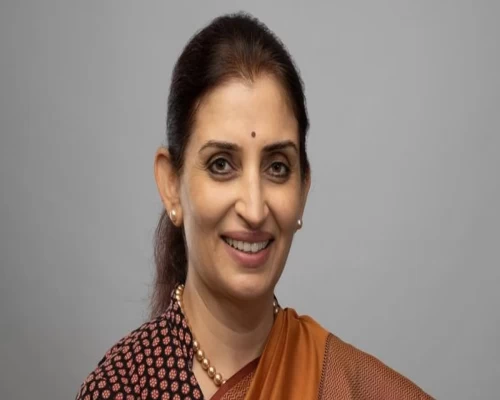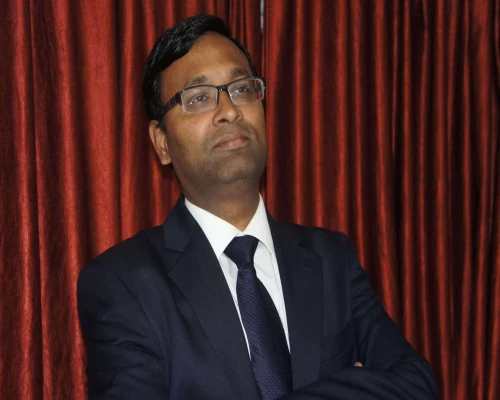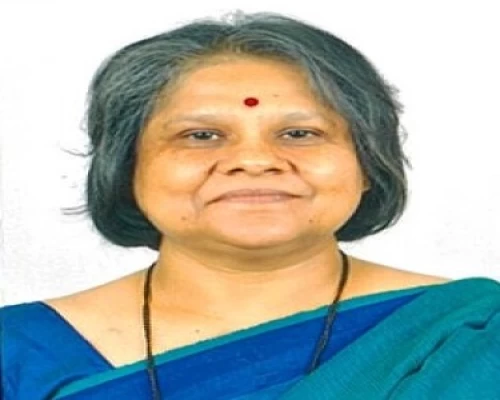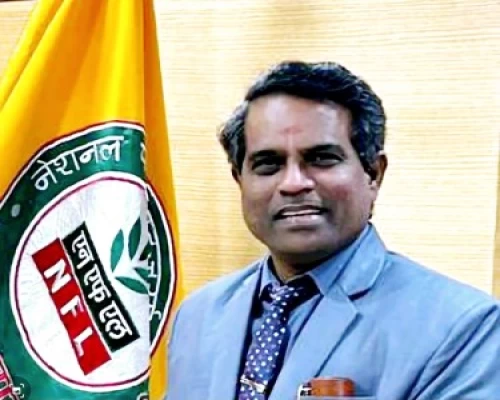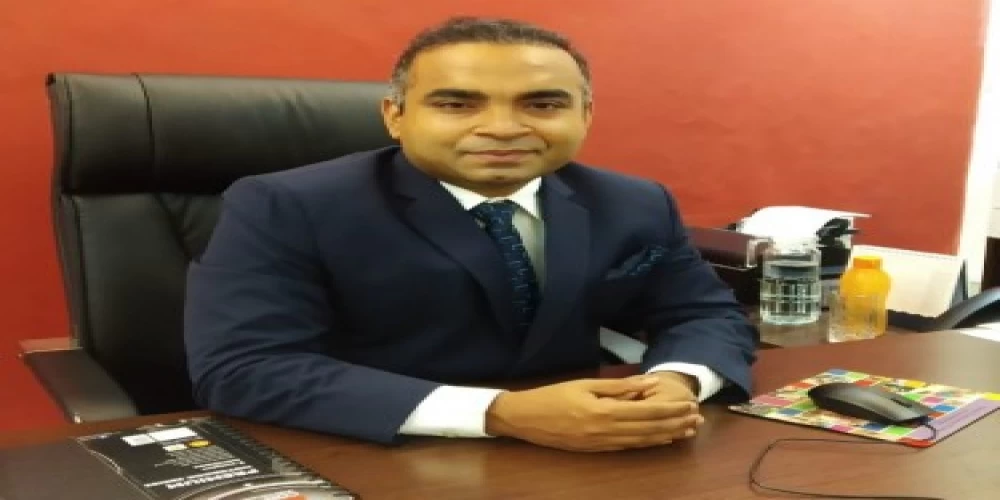
Kunal, a 2005 batch IAS officer of AGMUT cadre, feels that Civil Services are an opportunity to serve the people, and not a job. It was his childhood dream to be an IAS officer and was inspired further after he entered the prestigious Netarhat School in Jharkhand. “My general interest in current affairs through formative years and my staunch belief in self-studies often drew me to the school library which was endowed with its rich collection of books and periodicals,” says Kunal.
Masters in Statistics from the Delhi University, he subsequently cleared the Indian Statistical Service examination and later cleared the Civil Services examination to become an IAS officer. “It was the most coveted achievement and a dream turned into reality by the grace of the Almighty, blessings, and good wishes from teachers, parents, and well-wishers. It is an opportunity to serve the people,” added Kunal in an interview with Sweta Bharti of Bureaucrats India. Here are excerpts:
What has been the most gratifying moment of your career so far?
IAS provides a wide platform to experiment with concepts, learning, and facts that are real-time. My 15 years journey has led me to different corners within India, posing new challenges. My most gratifying experience was during my stint in the remote district of Saiha, Mizoram towards the end of 2009 until mid of 2012. It was my first district posting and required me to engage and invoke the participation of people from different fields including government officials and we collectively brought about a significant change in the shape in almost every sector.
Will you, please, specify the areas of focus?
We focussed on converging MGNREGA, SGSY, BADP, and BRGF to create sustainable assets for the society with a focus on connectivity, livelihood support, and improvement in health infrastructure. Amidst all the restructuring, there were three significant works we did.
What were those three memorable works you did?
A small bridge, which was the lifeline for 16 villages, was washed away due to excessive rains. Owing to the certain complexities, no agency took up the task of reconstruction. We engaged with the affected villagers and the district administration and sought an agreement to contribute funds from MGNREGA pool and re-constructed the bridge with resources that were available.
Similarly, Lodaw village was isolated due to connectivity. It was not covered under the PMGSY scheme. It required a substantial contribution from the BRGF to undertake some development works. With constant persuasion, I was able to procure a sanction from the District Coordination Committee to construct a fair-weather road for the village. That village could then reap benefits leveraging its favourable location, which was close to the biggest river of Mizoram – Kolodyne, known for its beautiful rock structures and a source for sand.
During my initial days, we received a report indicating high Infant Mortality Rates (IMR). Despite discussions with senior officials of the Health Department of Mizoram, there wasn’t a clear roadmap that could be drawn and moreover there was no fund allocation to take up any special initiative. We took a closer look at the socio-cultural practices and engaged with women NGOs and church officials. We also identified certain age-old practices, which needed change and a sustained three-month long campaign focussed on child-rearing practices, basic health, and hygiene to build awareness through massive training programs. This immensely reduced the IMR and after my transfer, I got to know about the district being recognized for undertaking special efforts in reducing IMR, which gave me immense satisfaction.
How have you grown as a person in these years of your service?
The IAS teaches you a lot in terms of being more empathetic and sensitive towards the community. The citizens look up to you for a solution to their problems and that challenges status quo situations and beliefs and broadens your own perspective. Over the years I have got better at understanding people and gained immense exposure. I have also acquired the ability to adapt quickly to the environment and situations I am placed in.
Which aspect of your job do you enjoy the most?
I love the broad platform which the service offers by working at the cutting edge level and the ability to break the silos of different subjects and hierarchies to find sustainable and long-term solutions to people’s problems in the most distinct aspects. Even when the solution is not within reach of an officer, the system provides enough space to relay the matter at higher levels to arrive at solutions. If the posting is sufficiently long, it gives you the opportunity to witness the change and it's mentally rewarding.
What are a few lesser known facts about Indian bureaucracy?
People outside the government system ordinarily see it as a monolithic hierarchical and status-quo organization with little flexibility, whereas it is exactly the opposite. Bureaucracy at different levels consists of very bright officials who are among the best in the country and forward-looking. The system not only provides space but encourages innovation and good works for public benefit.
What are the major challenges that Indian bureaucracy faces today?
There are many, for example, rapid and widespread changes in information technology and connectivity with ubiquitous smart phones with abundant availability of data in the world leading to an increased demand for efficient service delivery from the citizens. It provides both challenge and opportunity to ensure service delivery via efficient mechanisms with effective use of data available with the government using artificial intelligence and so on.
Any tips for those who wish to join the civil services?
Civil Services provide tremendous opportunity to excel by enhancing the understanding of the world, solving problems faced by the people, and thereby bringing smiles on numerous faces. When one decides to join Civil Services, one must assess oneself in terms of preparedness towards selfless service to mankind and the community. In the 21st century, sky is the limit for Indian youths. One should not aim for Civil Services as a job but as a platform to serve the people.


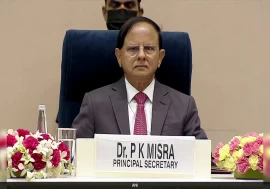
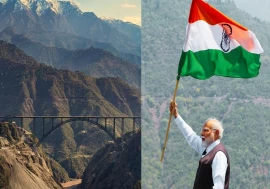
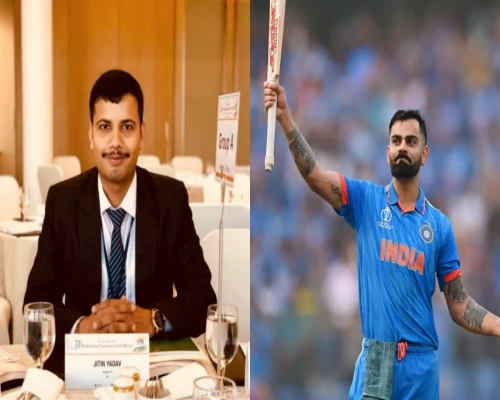
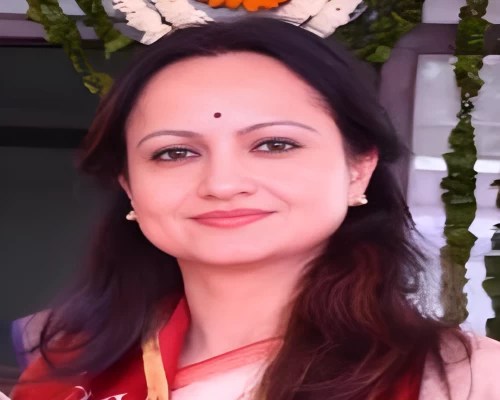
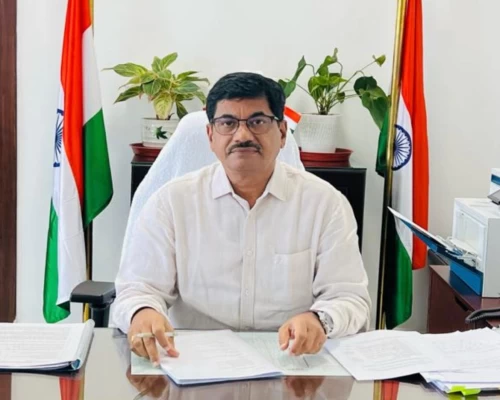
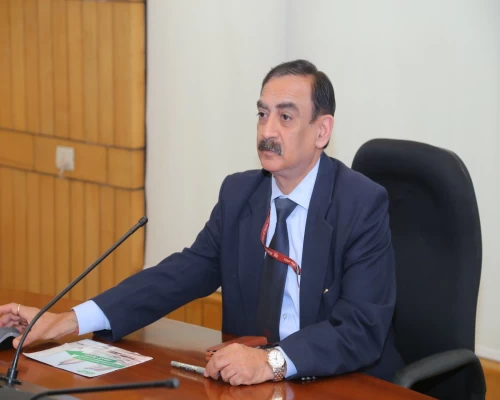
_500_x_400.webp)
